Everyone during his / her lifetime experiences this condition sometimes irrespective of age. Nowadays MRI is the first choice for diagnosis even without any sort of physical examination. We randomly say…..It’s a bulge/ prolapse…then in your brain, multiple thoughts will be roaming…
Here we are discussing more your concerns.
We are sharing experiences of a group of patients with similar symptoms different signs and almost similar MRI reports. You can see their testimonial videos.
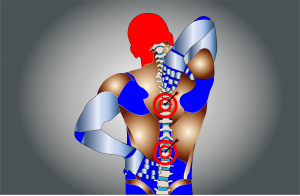
Patient group
Symptoms – Low back pain, sudden onset of severe pain radiating towards both legs which made them immobile, previous history of low back pain for 3-6 months. Nature of pain ( aching ), sitting, standing, walking aggravates the pain, Bed rest relieves pain.
Signs – Tenderness of gluteus, left hamstring, calf, paraspinal muscles, stiffness of adductor, quadriceps, hamstring, restricted hip flexion, and painful hip extension. limping gait, deep tendon reflexes within range. Straight leg raising, active- cant elicited due to pain, passive painful around 75 degree, femoral stretch positive both limbs.some more Ayurveda marma point examinations done as a part of the diagnosis.
These were our primary evaluations when they came to us, almost three weeks’ history of their first episode of severe pain.
MRI did which shows – L5-S1 central and paracentral disc protrusion with compression on coda equina traversing left S1 nerve root… ( major criteria ) with multiple mild disc bulges in different levels noted with major patient groups.
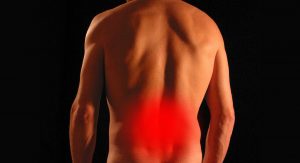
What should be done….SURGERY OR NON SURGICAL MANAGEMENT?
Points to be noted
1. If you go with MRI diagnosis alone….and the cause of your disability is only due to MRI report without clinical evaluation and disease history then your option will be surgery as advice from an expert who is a SURGEON
2. Comparing the clinical signs and symptoms with investigations, history of present condition with the progression of ailment will give you an alternative other than surgery…
The patient opted for Ayurveda treatment in Kochi at Vaidhyamana – WHY?
-
Their symptoms are pointing towards disc-related pain but SIGNS presented are not supporting, MRI investigations don’t support the nature and area of pain. NO RED FLAGS FOR SURGERY noticed in patients.
-
The real cause for his symptoms are 75% – muscle stiffness 25% – disc-related which is into its 4th week of self-healing
course during the treatment
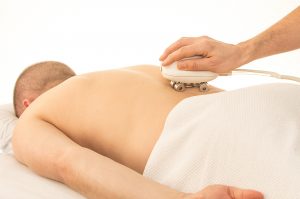
Two weeks of treatments and solutions for low back pain were planned. The first-week protocol is pain management and muscle relaxation, treatments of choice were Ayurveda external treatments, bandages, traction, marma therapies, external spinal manipulations, Ayurveda internal medicines. Within 7 days patients were able to walk 25 Mtrs without pain.
The second phase of treatment– Ayurveda protocols mentioned for kadeegraham, gradrasi which includes vasthi and Rasayana chikitsa.physiotherapy was complimented during this second phase.
At the time of Discharge – patients are clinically asymptomatic, No physical signs of Disc related pathology. Most of them were able le to walk for 50mtrs three times/day.
Conclusion
Using the above protocol of a conservative approach in Lumbago/Sciatica with the main reference to clinical signs and symptoms, a clinical cure can be achieved without surgery. Points to be noted, age, duration of onset, comorbidities, built, nature of the job. If we can manage the case on its acute onset, complete recovery with normal activity within a period of 4-6 weeks from the onset of signs and symptoms.

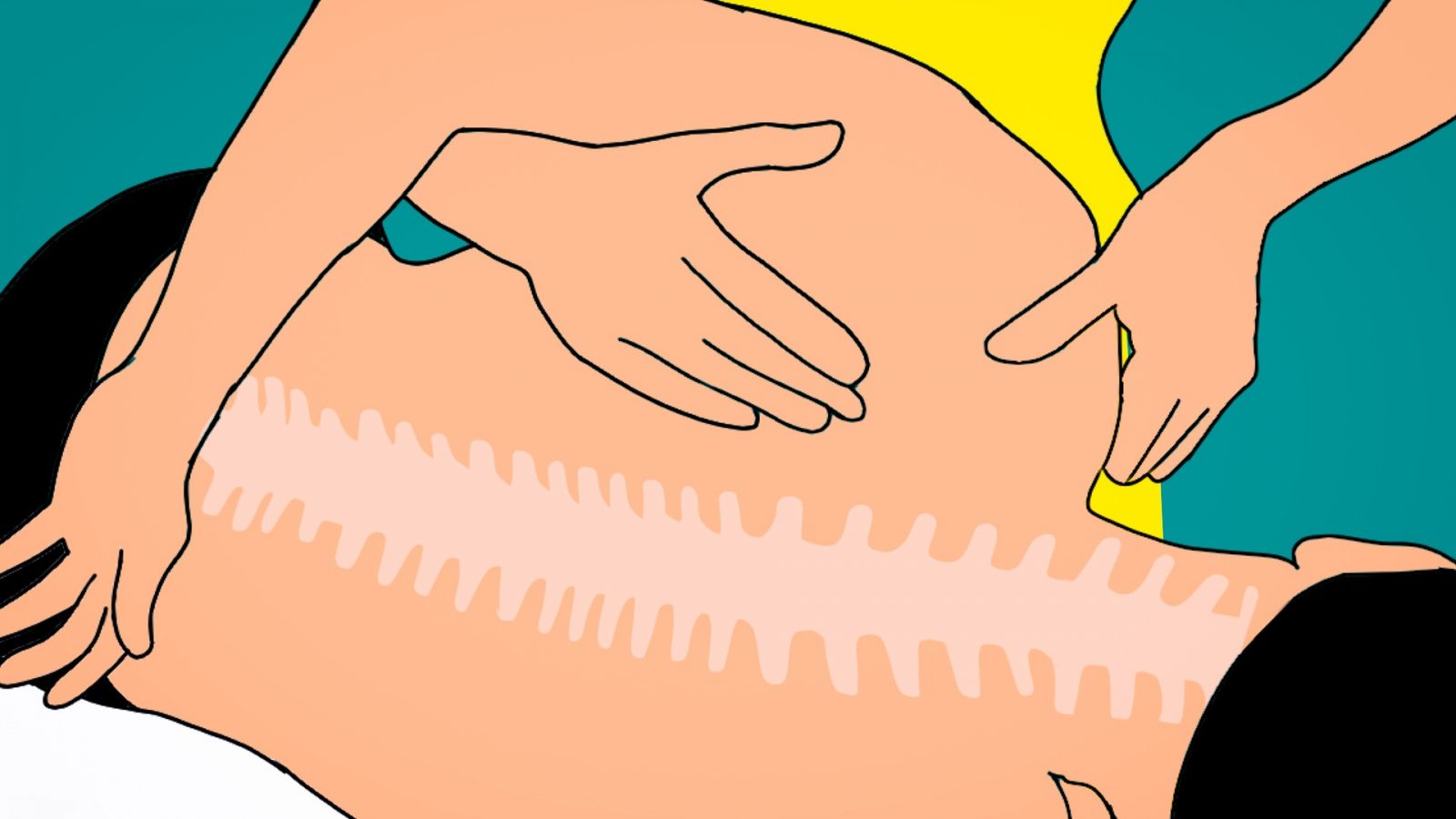
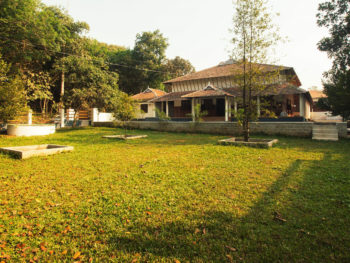

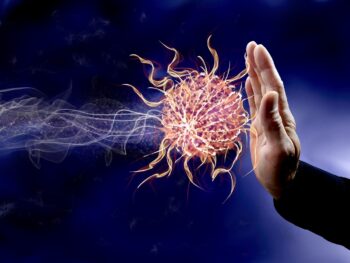
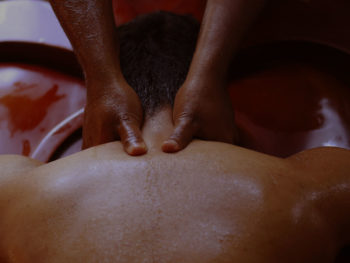
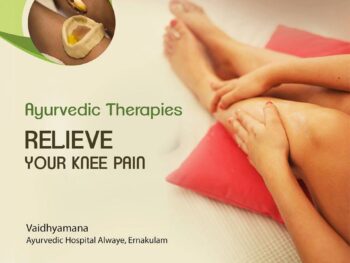
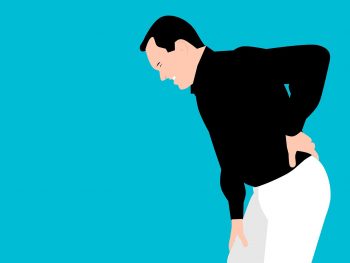
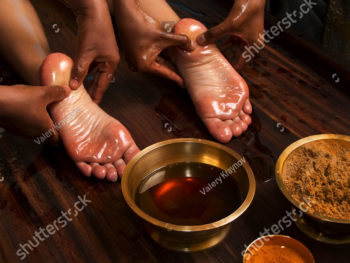
 The best Karkidaka Chikitsa this Monsoons
The best Karkidaka Chikitsa this Monsoons